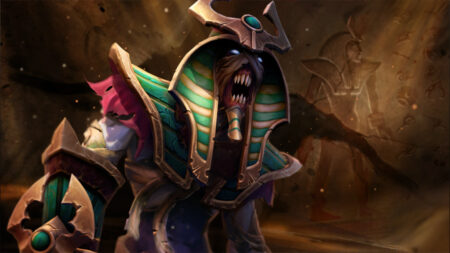Dota 2’s competitive meta can change at the drop of a hat. Professional players bring out fresh ideas and new schemes all the time, leading to an ever-evolving roster of heroes that seemingly change day-to-day.
In this Dota 2 hero tier list, heroes are roughly arranged in three tiers to signify their importance in the pro scene. About forty heroes are represented, though Dota 2’s balanced nature means that many more heroes are viable.
This isn’t an exhaustive list of the good heroes—they’re ranked by their popularity in the pro scene, where execution matters as much as the draft.
A bit of time with 7.33 has seen a particular batch of heroes shooting to the top of the meta — universal heroes that can leverage their stat gain and scaling skills to dominate nearly every game.
Dota 2’s latest patch was one focused exclusively on nerfs: 7.33e took down the 12 top-performing heroes at the Bali Major a notch. While some maintained their relevance because of their powerful, irreplaceable kit, other heroes were just hit too hard by the numbers and have completely fallen off the radar.
The Riyadh Masters 2023 will likely be our best frame of reference for the upcoming The International 12 qualifiers, settling the meta before the most important season of the year. But patch 7.34 promised before the start of the qualifiers — which begin August 17 — expect certain heroes to rise and fall in stock.
- Fans are calling these two Riyadh Masters series the best day of pro Dota 2 — ever
- Dota 2’s longest-ever LAN game — at over 2 hours — was just played at the Bali Major
Dota 2 hero tier list | March 2023
Tier one
- Snapfire
- Undying
- Timbersaw
- Broodmother
- Dark Seer
- Medusa
- Storm Spirit
- Rubick
Snapfire

With repeated nerfs to the everpresent Spirit trio that has seen a disproportionate amount of play in the midlane over the past months, Snapfire has become the premier midlaner.
She’s a phenomenal laner with her universal attribute and cheap, spammable spells, often able to race out ahead in the lane against any opponent. Putting her in the midlane also lets her quickly get Mortimer’s Kisses, a potent spell that practically guarantees kills in the sidelanes unless she’s playing into counters.
What makes Snapfire scary is her ability to instantly turn into a fearsome physical damage dealer. Reaching level 20 unlocks a pivotal talent that makes Lil’ Shredder deal attack instead of fixed damage. Since universal heroes have such high damage from attributes, items like Rod of Atos gain so much value with its double Crown build-up and useful root effect to land her spells.
Undying

Once known for his one-dimensional gameplay, Undying’s new Aghanim’s Shard, introduced in 7.33, has become the premier part of his kit.
The Tombstone’s Grab Ally is arguably the most powerful save in Dota right now, despite a big nerf in 7.33e. It’s unaffected by things like Black Hole and Chronosphere, it can hold players almost indefinitely, and it’s on a spell that most people want to run away from.
Otherwise, he remains a laning monster. Decay can single-handedly chase off full lanes, sapping strength in a trade that never feels worthwhile for the enemy. Then, Flesh Golem’s damage amplification aspect lets his team take down important objectives like Roshan, and also serves to make Undying tankier in fights.
Timbersaw
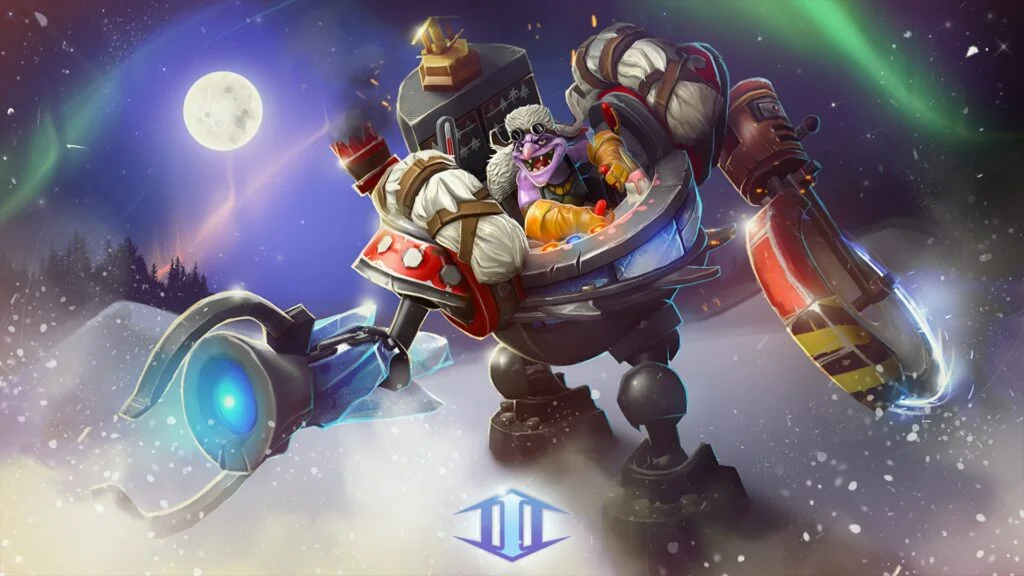
Timbersaw is a top-tier offlaner with flex potential to the midlane, thanks to his incredible staying power in the lane.
It’s almost impossible to cut through his Reactive Armor in the early game, save for some counters with solid nukes. This lets him stay in lane and completely annoy the enemy, while his support is free to roam around and help out other lanes through the Twin Gates or teleport scrolls.
His new Aghanim’s Scepter, which gives him an active damage barrier, makes him far more tanky in the late game even without Reactive Armor stacks. It can help him sustain against both physical and magical damage, and even becomes a ticking time bomb that can deal a surprising amount of damage.
While the hero doesn’t benefit as much from his new universal status as, say, Magnus, having added right-click damage is always good for laning. Plus, he’s inevitably clicking down on towers once he gets strong enough to tank potshots and creeps. The added damage makes taking down tier ones much faster, and lets him invade enemy territory quicker.
It’s these small buffs to his early game that ensures he’s now rarely outclassed in the lane, which in turn helps him make a much smoother transition to the later game as an unmatched damage dealer that loves to be in the thick of teamfights.
Broodmother
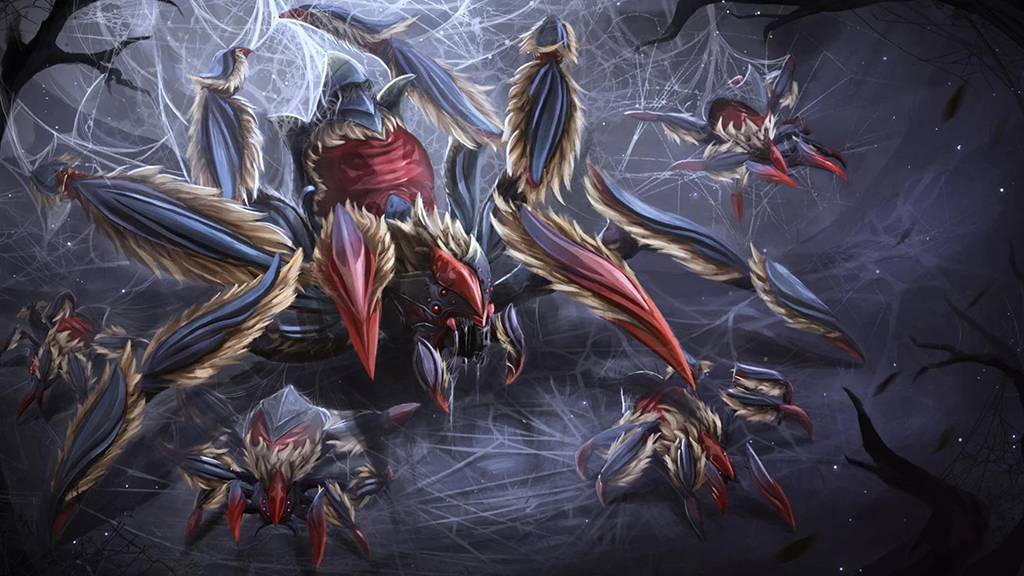
The universal hero roulette has now landed with Broodmother, who has become a formidable right-click carry. Seeing play in the safe and offlane positions, her ability to completely take over the map is unparalleled.
With side lanes now far more important than the mid, gaining control over the jungle, outposts, and Twin Gates mean that she’s often able to completely cover any important area her team would like to fight in.
While her Spiderlings remain essential for farm, a new build has arrived with her new universal status. Some players still opt to take up her more traditional aura build, especially when there are capable carries to support.
If not, items like Echo Sabre into Harpoon and Manta Style have become common pickups. Coupled with Insatiable Hunger now scaling with her base damage instead of being a flat bonus, she can scale well into the late game with her powerful level 25 talent that lowers her base attack time during Insatiable Hunger.
Dark Seer

Dark Seer is presenting himself as the best offlane solution for most carries in the meta, and pairs extremely well with them should they become an ally.
For example, he pairs well with Medusa to surge her in and out of fights to compensate for her relative lack of mobility, and often can turn opposing heroes’ Diffusal Blades on them since it’s practically a required item to fight into Medusa. Conversely, Medusa illusions are difficult to deal with, and Medusa’s propensity to stand and fight is perfect for Dark Seer’s static wall.
This sort of dual benefit rings true for several carry matchups, and has helped Dark Seer become a solid swinger for carry-to-carry matchups. Plus, his laning stage has gotten a strong boost after the change to the universal attribute, allowing him to stand toe-to-toe even without Ion Shell abuse.
Vacuum is arguably the absolute best teamfight spell in the game, repositioning enemies into powerful AOE effects such as Disruptor’s Static Storm, Lion’s Impale, and Enigma’s Black Hole. Enabling so many heroes, be they core or support, has made him an exceedingly popular early pick that can be easily built around.
Medusa
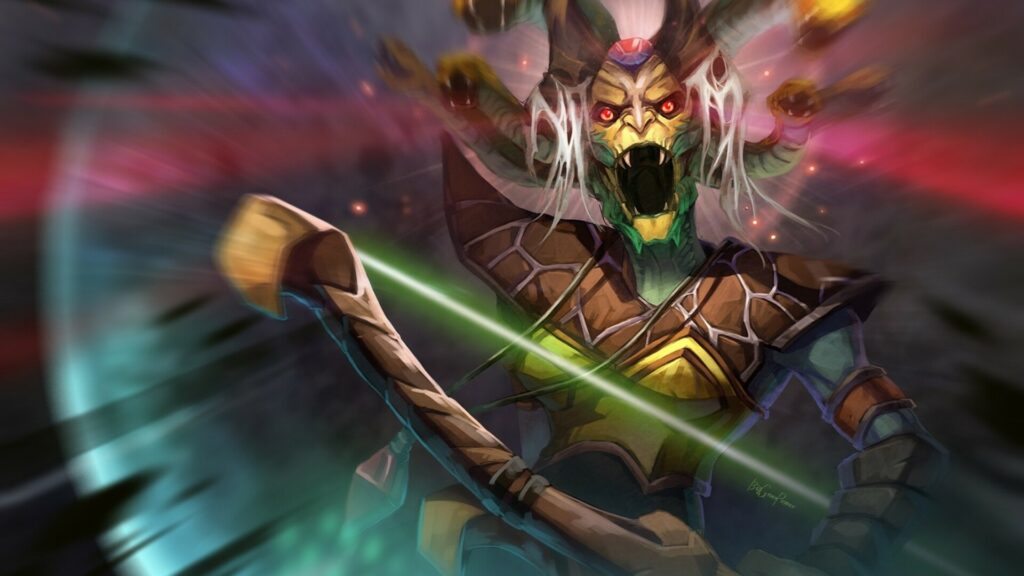
It took a while for the 7.33b changes to catch on, but it didn’t take long for every team to universally regard this hero as first pick and ban material.
The 7.33 update reworked Medusa, giving her zero strength, instead giving her a free skill point in Mana Shield. As we quickly learn with every patch, whenever heroes get free skills — they inevitably become overpowered.
Medusa was probably already strong in 7.33, but the 7.33b patch pushed her to broken levels. Increased base intelligence and added numbers across three of her skills made her the number one hard carry, proving to be an unkillable monster that can also farm speedily and safely thanks to the increased number of neutral camps on the map.
While later letter patches — three and counting — attempted to scale her back, Medusa is still the late-game carry. She’s a bit weaker in lane, and she’s less survivable through the mid-game. But she covers all that with powerful damage scaling on Split Shot, what feels like invulnerability with Mystic Snake and Cold Blooded, and even some form of crowd control with Stone Gaze and an eventual Aghanim’s Scepter.
Storm Spirit
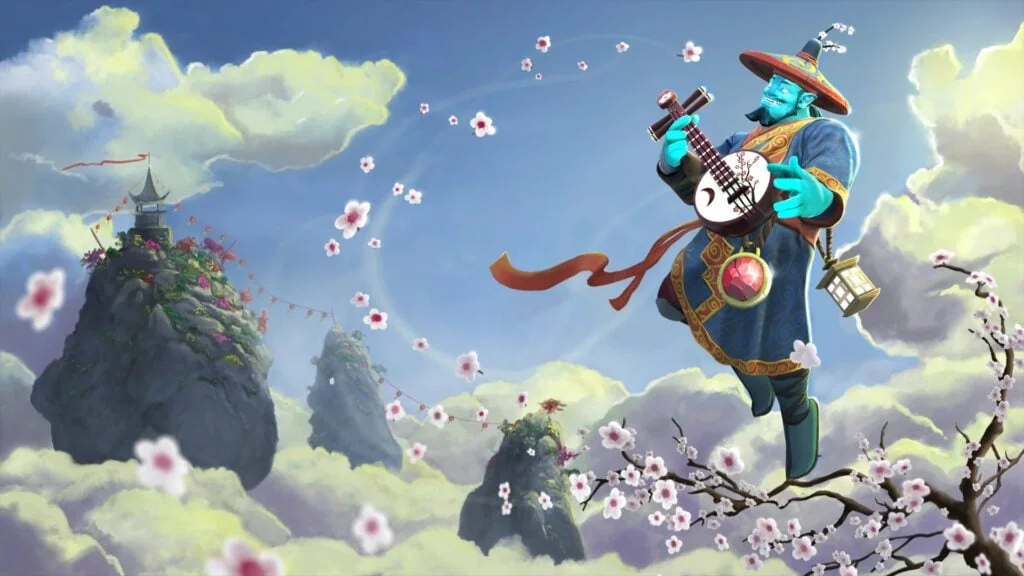
Storm Spirit was probably the least-nerfed amongst the popular Spirit brothers in the midlane, and he’s been a top-tier pick for the past month.
Storm is capable of dominating lanes against certain melee matchups, but he’s also one of the fastest farming heroes even in a disadvantageous lane. That’s key to keeping him relevant against counters, but it also helps that some of his worst counters like Anti-Mage, Meepo, and Troll Warlord aren’t great all-round picks, for they can only fit specific strategies.
The hero’s upper limit might be far from its heyday during the Bloodstone era, but he’s still a very capable ganker and teamfight hero. Whether built around solo pickoffs with items like Orchid Malevolence, Witch Blade, and Scythe of Vyse, or relying on his powerful AOE Electric Vortex with Aghanim’s Scepter, Storm is a strong carry that can snowball into a force of nature.
He’s often paired with a mana battery like Io and Keeper of the Light, truly unlocking his ability to stay on the map and constantly gank.
Rubick

It’s once again Rubick’s turn in the meta, especially since Enigma is becoming a popular hero once again.
The Grand Magus is the best teamfight support in Dota, but he can make his mark way earlier. In the lane, Fade Bolt is a fantastic spell at securing range creeps and harassing heroes, reducing attack damage to make trades feel not as worthwhile.
He’s also one of the best users through the Twin Gates since he can so easily catch out people with his long-range initiations. Spell Steal retains unmatched versatility across multiple games, and can make teams seriously think about their decision to commit to heroes with powerful, but easy to steal spells.
Tier two
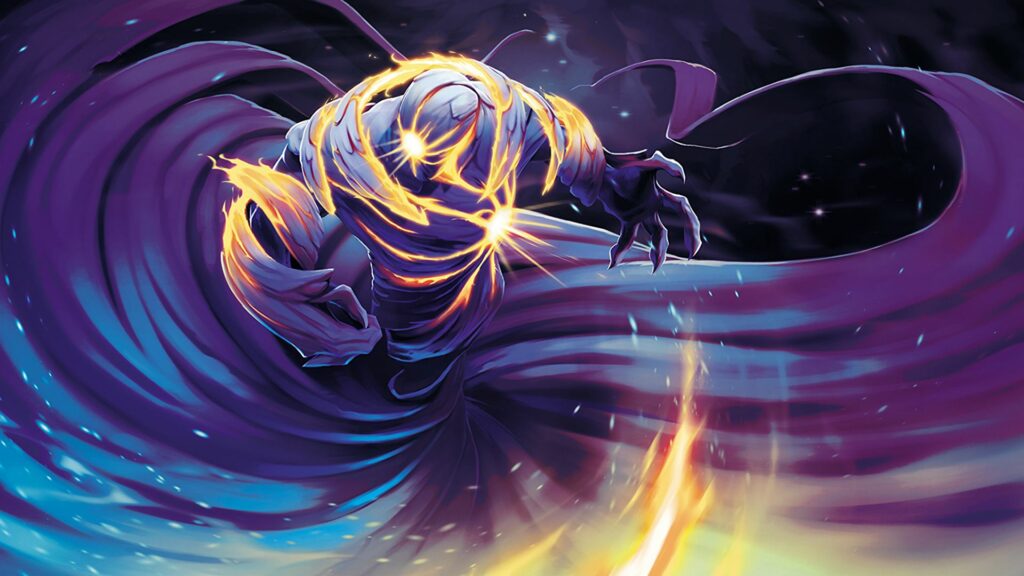
- Enigma
- Bloodseeker
- Naga Siren
- Batrider
- Ember Spirit
- Faceless Void
- Terrorblade
- Io
- Techies
- Pangolier
- Templar Assassin
- Primal Beast
- Beastmaster
Tier two heroes are safe and stable picks that don’t usually warrant instant bans or picks. While not as oppressive as the heroes in tier one, they can be equally strong in a match that favors their skillset.
Enigma is earning a bit of a throwback moment. The hero’s early years often saw him played as jungler and support, but his ability to deny creeps make him a powerful offlaner that can farm incredibly fast and deny the carry at the same time. Some teams like leaving the option at support open for the hero, granting him added flexibility after nerfs to his Demonic Conversion, but he remains a solid offlane pick with a new build — Helm of the Overlord, turning him into a relatively low-commitment split-push machine with Eidolons and a dominated creep.
Bloodseeker is earning his time in the sun with a build popularized by Illya “Yatoro” Mulyarchuk, where Aghanim’s Scepter has become a core pickup after Mjolnir and Black King Bar. The item’s passive effect means he gets a barrier from overhealing, instead of it going to waste, making a significant difference in the hero’s survivability.
Tier three

- Lion
- Doom
- Mirana
- Morphling
- Lycan
- Tidehunter
- Enchantress
- Monkey King
- Clockwerk
- Mars
- Puck
- Legion Commander
- Slark
The heroes in tier three appear here and there, but are popular enough to be recognized as powerful additions to a team’s draft. They can be cheesy last picks that are impossible to deal with, mesh perfectly with a player or team’s play style, or serve as niche counters to some popular heroes.
Lion is the perfect example for this. Some teams — especially Team Aster’s Hu “Kaka” Liangzhi — highly value the hero, often picking him in the first phase for his lockdown potential. What he lacks in laning, he makes up for with two stuns, as well as utility against popular carries like Medusa and Naga Siren with Mana Drain.
READ MORE: Championship form: Team Spirit roars to life right before TI in Riyadh Masters 2023 victory
